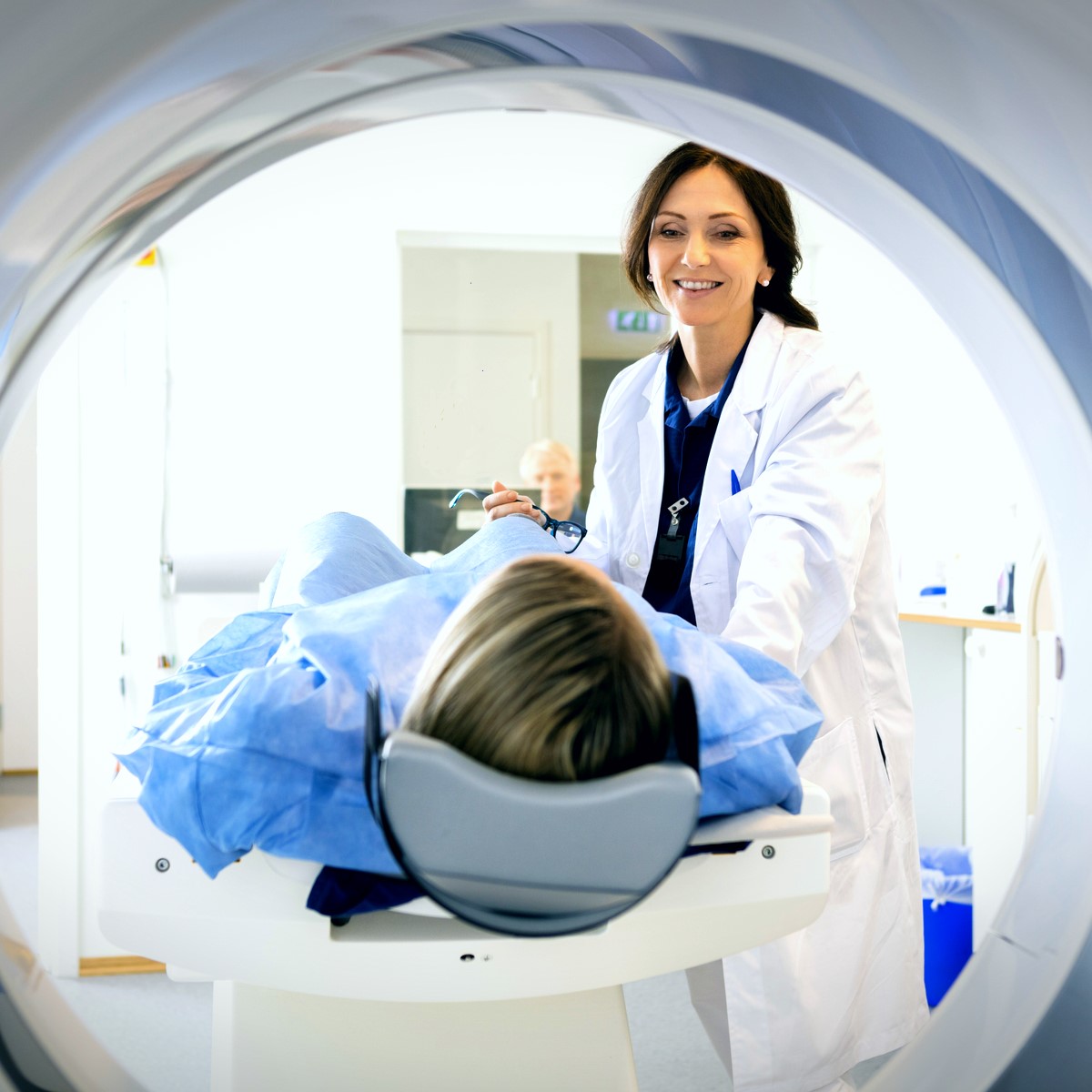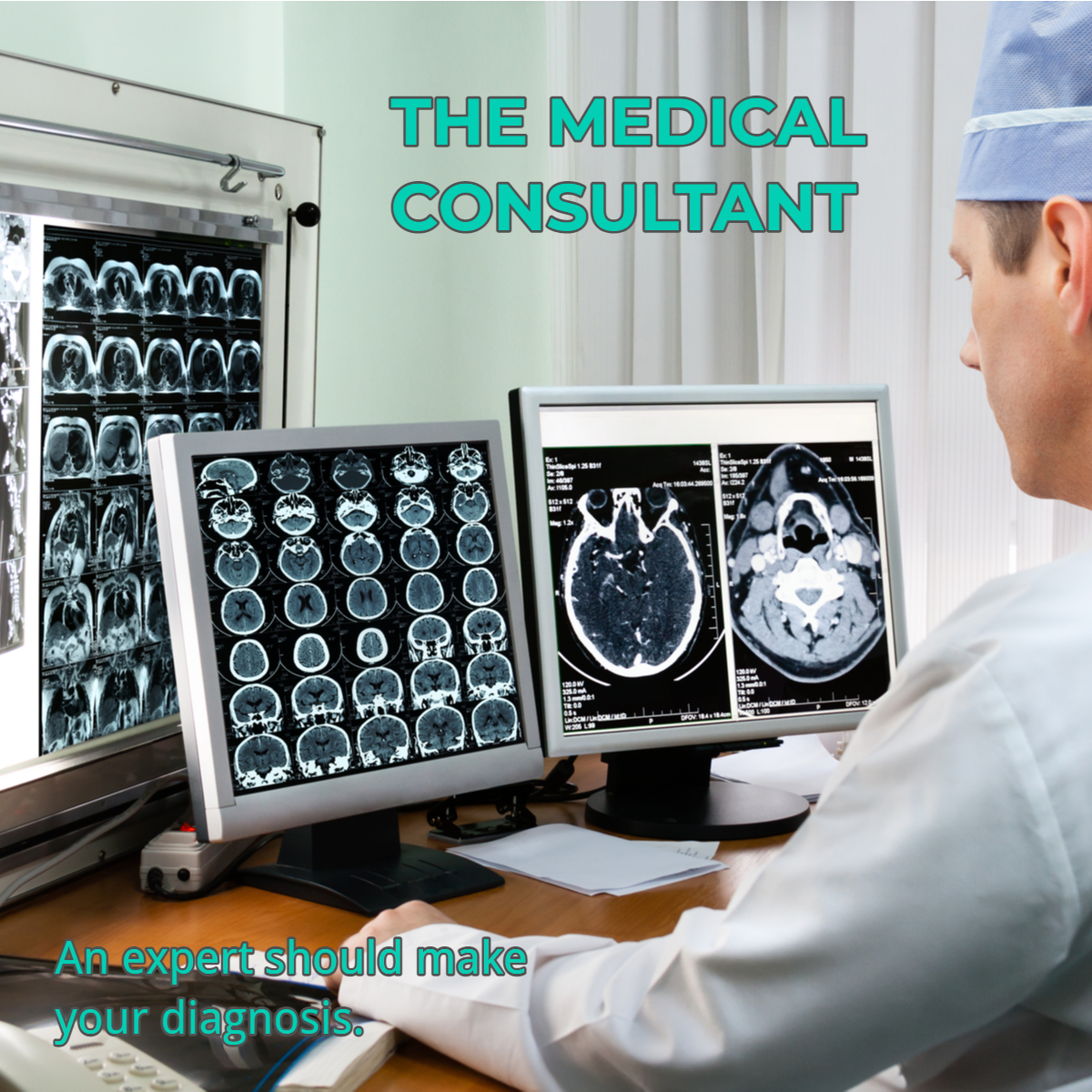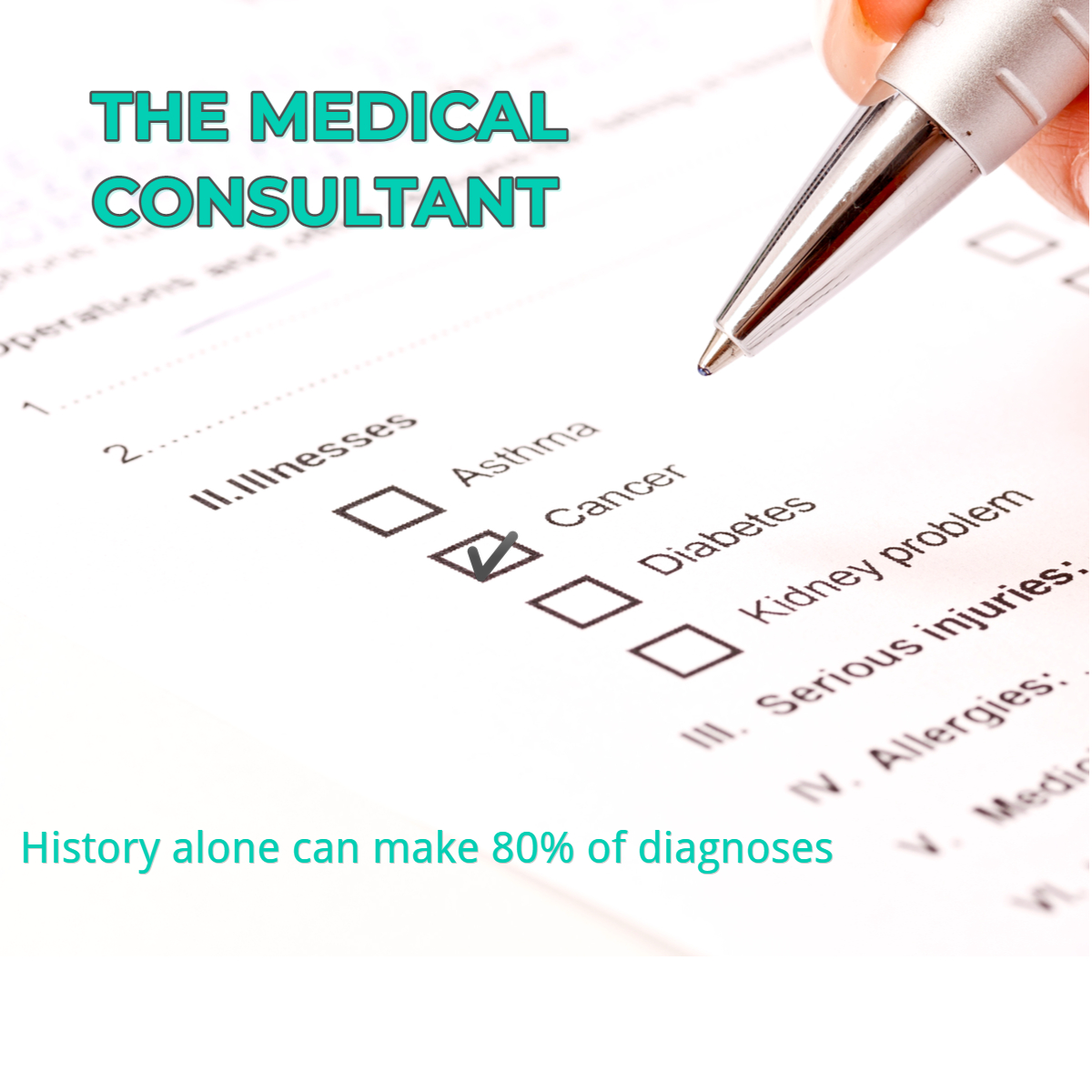Deciding whether to get an MRI or a CT can be a challenging decision for patients and doctors alike. They are not equivalent imaging methods, and each has its own strengths and weaknesses. Things to consider include time to complete the exam, the part of the body being imaged, resolution, radiation risk, and the level of claustrophobia that some patients may have.
In general, allowing for a few exceptions MRI is better at looking at tissues in the body which the patient can keep motionless for 3-5 minutes such as extremities (knees and shoulders, etc.), superficial soft tissues, the brain, and the spine. This is because an MRI acquires a series of 4-6 imaging sets to complete an exam and each set of images will take 3-5 minutes to capture. While structures in constant motion such as the bowel, the abdominal organs (move because of breathing motion), and the lungs are better imaged by CT. A CT scan can be completed in 10-30 seconds. Exceptions include bones that can be imaged well by both MRI and CT and the brain for which CT is very good at screening for blood products.
With MRI as the field of view is increased, there is a resulting loss of resolution on the images. Therefore, screening exams with MRI of the entire chest or abdomen are of little value, due to motion artifact and due to loss of resolution. This makes CT the best screening exam when imaging large areas of the body such as the chest or abdomen because it can cover the entire area in 30 seconds or less and not have the loss of resolution you would have with an MRI.
Consideration for radiation dosage to the patient should always be contemplated. There is no radiation exposure to the patient when receiving an MRI. However, CT does have radiation which over the course of one’s life can add up and cause an increased health risk for other diseases.
The final thing to consider is the claustrophobia of the patient. Although both machines will require the imaged body part to enter a confined space of the imaging tube, the MRI tube is much smaller and will require the patient to be within the aperture for a longer time. The CT scanner has a wider opening and will only last for a matter of seconds thus making it better tolerated by patients with claustrophobia.
The above information can be used in deciding which type of exam to have performed most of the time. However, there are minor exceptions for very specialized exams such as cancer follow up studies, which a radiologist should be consulted with directly by your physician.



